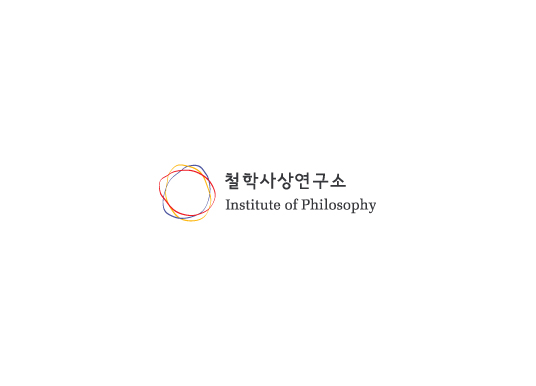완강하지 않은 의지 -세네카의 치료적 목적에 입각한 분노의 세 움직임 고찰-
The Non Contumax Will – Seneca’s Three Movements of Anger: A Study of Their Therapeutic Framework –
세네카의 분노에 관하여는 전반부 이론과 후반부 치료라는 두 축으로 구분된다. 둘 가운데 치료가 본 저술의 목적으로, 이론은 치료에 기여하는 한에서만 언급된다. 이에 따라 본고는 세네카의 치료적 목적에 입각하여 이론의 절정인 2권 4장의 분노의 세 움직임을 고찰한다. 세네카가 세 움직임을 통해 규명하는 치료의 주체는 둘째 움직임을 지배하는 완강하지 않은 의지이다. 이 의지는 ‘내가 해를 입었으니 복수해야 한다’는 명제를 형성하되, 이에 아직 동의하지 않은 숙고적 의지이다. 이 그릇된 명제에 동의하면 분노는 즉각 촉발되니, 세네카가 제안하는 예방책은 올바른 판단을 개입시켜 둘째 움직임을 중절하고, 이로써 분노를 방지하는 것이다. 다른 두 움직임도 세네카의 치료적 목적과 연관된다. 첫째 움직임은 의지에 의한 것이 아니기에 여기서 이성이 개입할 수는 없으나, 감정의 초기 위험 신호를 알아차리는 습관을 통해 약화시킬 수 있다. 반면 셋째 움직임은 위 명제에 동의하면서 촉발된 분노가 지배한다. 완강한 분노는 완강하지 않은 의지의 분별력과 숙고적 능력을 무력화하고, 감정주체의 이성을 전복한다. 여기서 주체의 분별력을 마비시키는 분노의 묘사는 왜 스토아 학파의 감정치료가 예방을 목표로 삼을 수밖에 없는지를 보여준다. 따라서 세네카는 세 움직임 대목에서 분노의 형성 과정을 치료와 분리된 이론으로 제시하는 것이 아니다. 오히려 그는 이 대목으로 완강하지 않은 의지가 고착되는 과정을 추적하여 분노가 왜 치료해야 할 악덕인지를 드러내고, 고착화 이전에 이 악덕을 예방할 수 있는 감정 치료의 실질적 주체를 발굴한다.
Seneca’s De ira consists of three books, structured around two interrelated axes: theory and therapy. From its opening words, “you’ve pressed me, Novatus, to prescribe a way of soothing anger,” it is clear that the treatise sets a therapeutic goal, offering theoretical insights only insofar as they support effective intervention. However, much existing analysis treats its three movements of anger – the theoretical climax of the treatise – as separate from De ira’s therapeutic axis. Therefore, this study analyzes the three movements within Seneca’s therapeutic framework. The non contumax (non-obstinate) will governs the second movement. This deliberative will forms but has not yet assented to the proposition ‘it is right for me to be avenged, since I have been injured.’ As assent to this false proposition triggers impulse at once, Seneca suggests the eradication of the second movement by intervening reason’s true judgment to displace the false one, thereby, preventing the outburst of anger. The other movements also relate to Seneca’s therapeutic goal. Although reason cannot intervene in the involuntary first movement, this stage can be weakened with habitual vigilance of anger’s earliest warning signs. The third movement, by contrast to the previous movements that precede emotion, is governed by contumax anger: once the proposition has been assented to, anger renders the conscience and the deliberative capacity of the non contumax will impotent and overthrows reason. The depiction of anger paralyzing the conscience demonstrates why the Stoics’ therapy of emotion necessarily assumed the form of ex ante intervention. Therefore, Seneca presents the three movements of anger not merely as theoretical knowledge detached from therapeutic consideration. Rather, he traces the non contumax will’s descent into obstinacy, and reveals why anger is a vice to be cured. In doing so, he identifies the subject of therapy that can intervene ex ante to prevent the surge of passion.
서울대학교 철학사상연구소
서울대학교 오지현

